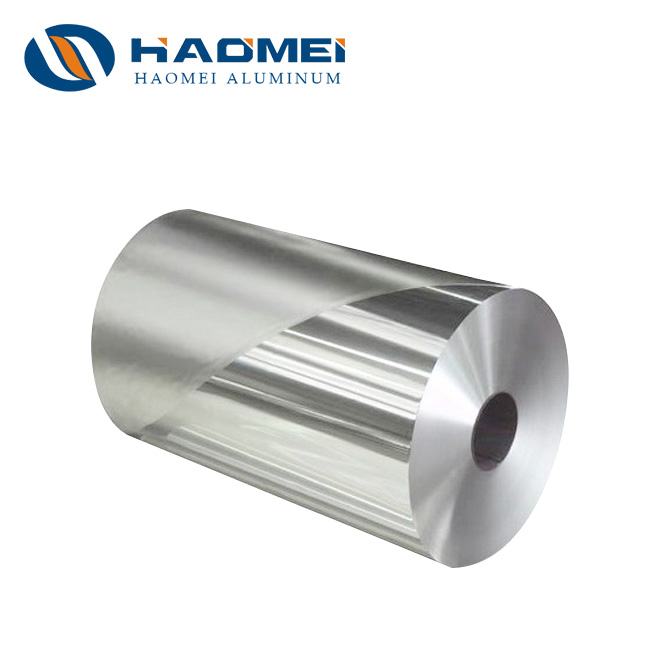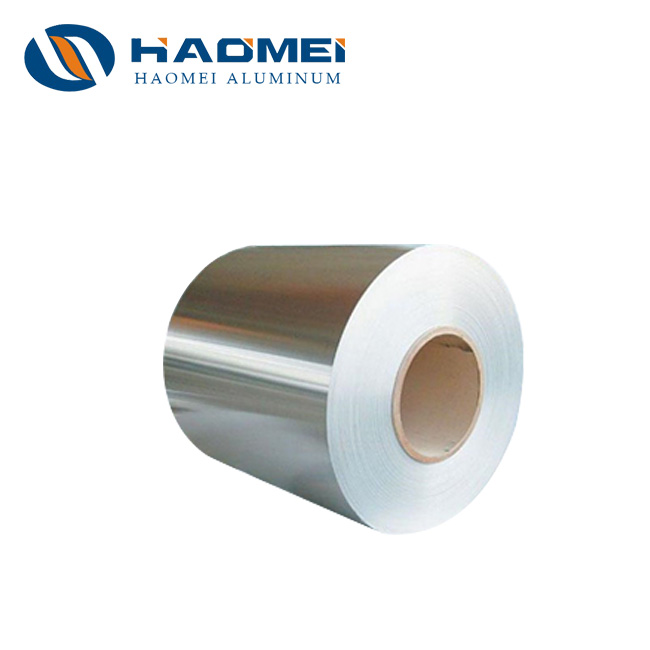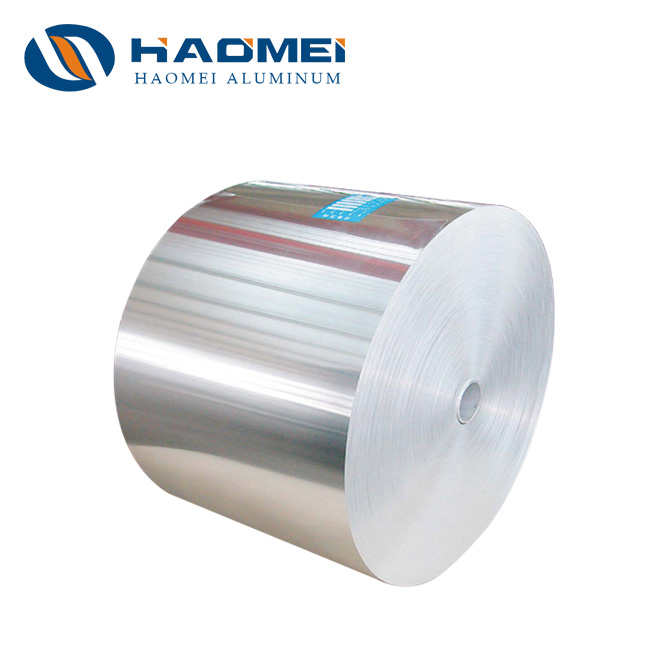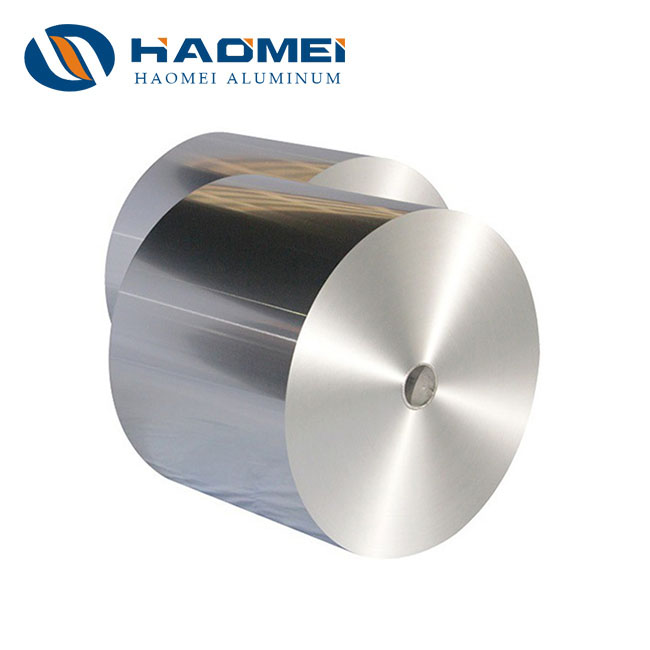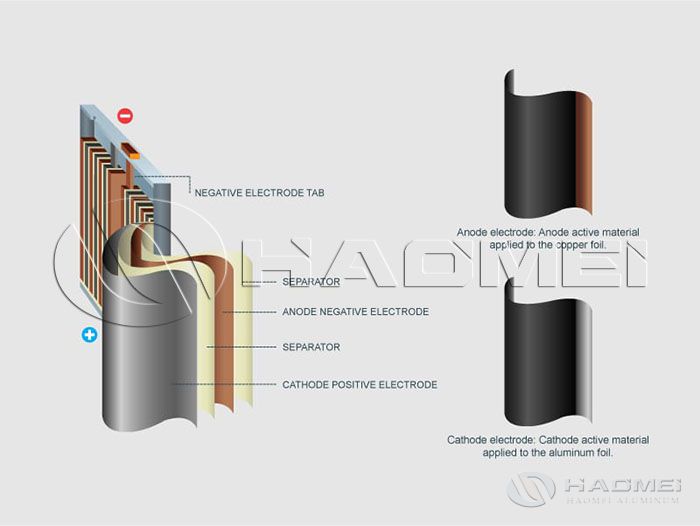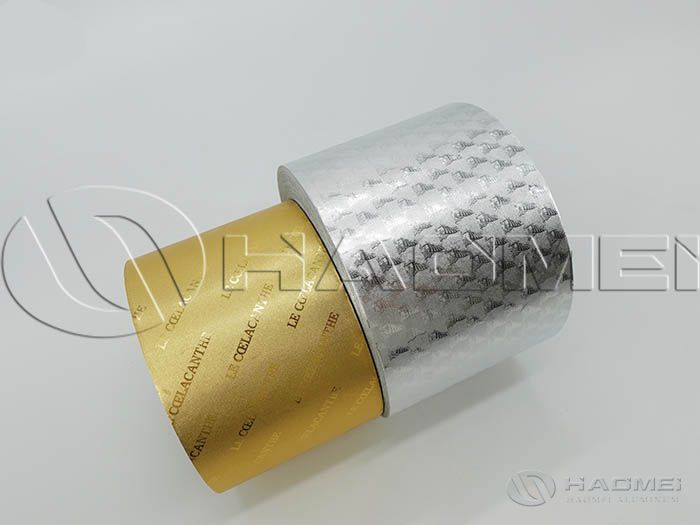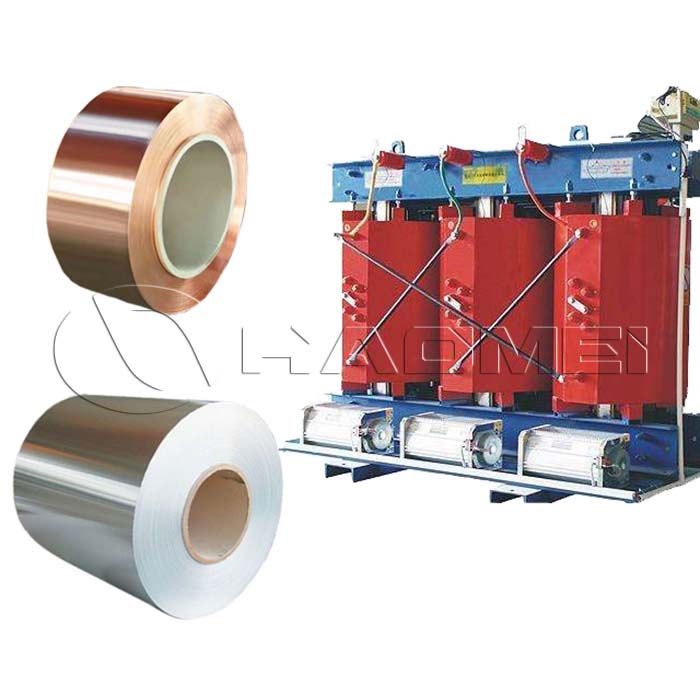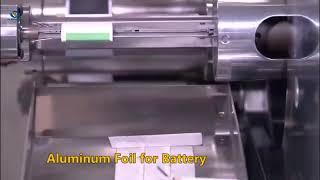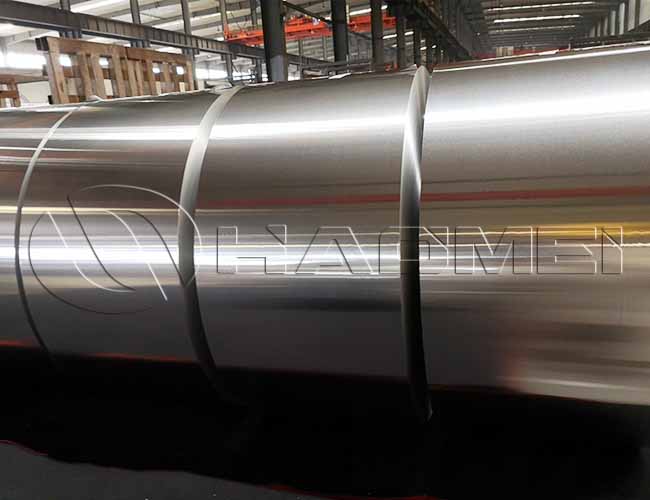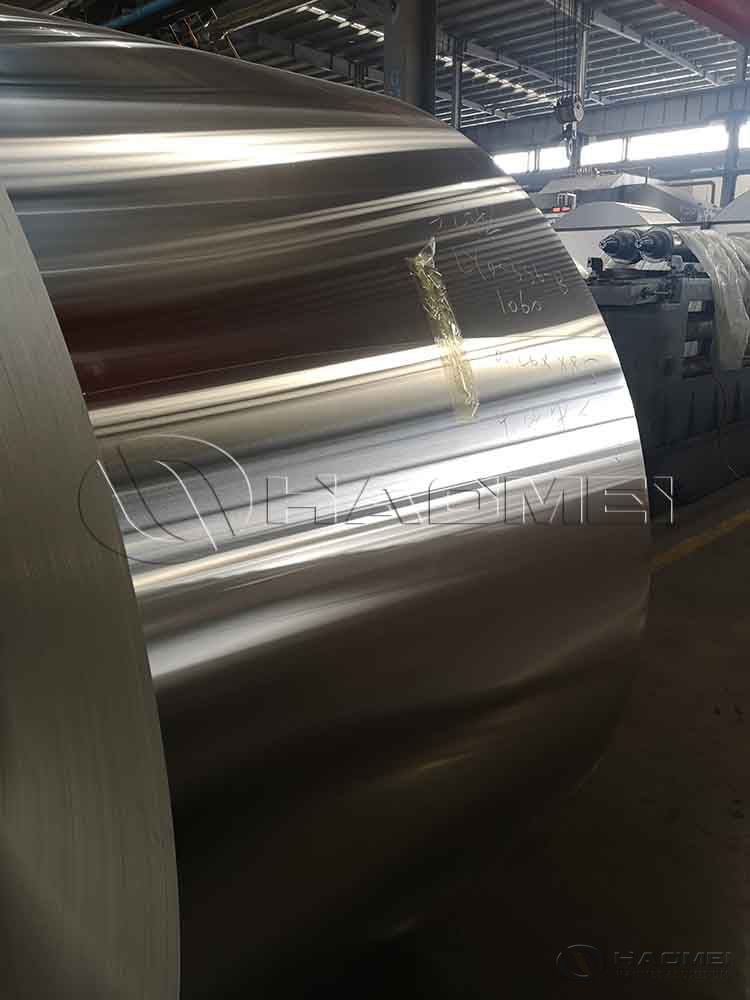Aluminum VS Copper Foil for Transformer Winding
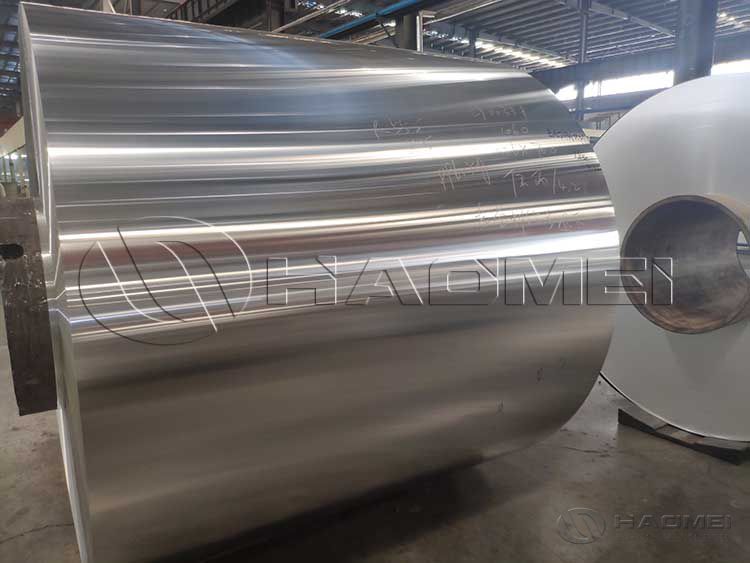
Aluminum foil and copper foil are two commonly used conductive materials for transformer winding, and they have their own characteristics. What are their differences? Learn more.
In the field of power transmission and conversion, transformers play a vital role. As the core component of transformers, the choice of materials for winding directly affects the performance, cost and service life of transformers.
At present, aluminum foil and copper foil are two commonly used conductive materials for transformer winding, and they have their own characteristics. In particular, the aluminum foil for transformer has gradually emerged in the market with their unique performance advantages.

1. Comparison of conductive properties
Copper foil is known for its excellent conductive properties. The conductivity of pure copper is as high as 58 MS/m (Mega Siemens per meter), which makes the resistance loss generated when the current is transmitted in the copper foil winding low, which can effectively improve the energy efficiency of the transformer.
In contrast, the conductivity of pure aluminum is about 35 MS/m, which is about 40% lower than copper. However, the aluminum foil used in transformer windings usually adopts special alloy formulas, such as 1 series pure aluminum (1060, 1070, etc.) and 3 series aluminum-manganese alloy (3003, 3105, etc.).
1 series pure aluminum like 1070 aluminum has high purity and good conductivity, while 3 series aluminum-manganese alloy significantly improves mechanical strength and corrosion resistance while maintaining certain conductive properties. Although its comprehensive conductive performance is still not as good as copper foil, it can also meet the conductive requirements of transformer windings through optimized design and appropriate increase in cross-sectional area.
2. Differences in mechanical properties
Copper foil has good flexibility and ductility. During the transformer winding process, it can easily adapt to complex shape and size requirements and is not prone to breakage or damage. Aluminum foil alloys also show their own advantages in mechanical properties, especially 3 series aluminum-manganese alloys.
Through alloying treatment, its tensile strength and hardness are significantly improved, and it can withstand certain mechanical stresses to ensure the structural stability of the winding during manufacturing and operation. However, the flexibility of aluminum foil is slightly inferior to that of copper foil, and when winding fine structure windings, the requirements for process and equipment are higher.
3. Cost and Economic Analysis
From a cost perspective, aluminum foil has a significant price advantage. The raw material price of aluminum is about one-third of that of copper, and the energy consumption of producing aluminum foil is relatively low, which makes it possible to significantly reduce production costs by using aluminum foil as a transformer winding material.
For large-scale power transformers, cost reduction means higher market competitiveness. Although the use of aluminum foil may require some adjustments in design, such as appropriately increasing the winding cross-sectional area to make up for the gap in conductivity, overall, aluminum foil alloys are an attractive choice in cost-sensitive application scenarios.
4. Comparison of corrosion resistance
In terms of corrosion resistance, aluminum foil alloy has a natural advantage. Aluminum will quickly form a dense aluminum oxide protective film in the air, which can effectively prevent further oxidation and corrosion, so that aluminum foil can still maintain good performance in harsh environments such as humidity, acid and alkali.
In contrast, although copper also has a certain corrosion resistance, it is prone to oxidation and sulfidation when exposed to a humid or sulfur-containing environment for a long time, resulting in the formation of corrosion products such as verdigris on the surface, affecting the conductivity and winding life. Therefore, in outdoor or highly corrosive environments, transformers with aluminum foil alloy windings have better durability.
5. Weight and heat dissipation performance
The density of aluminum is only one-third of that of copper. Using aluminum foil as a transformer winding material can significantly reduce the overall weight of the transformer, which is of great significance for some application scenarios that have strict requirements on weight, such as mobile substations and transformers for new energy vehicle charging piles.
In addition, the specific heat capacity of aluminum is higher than that of copper. Under the same heat generation conditions, the temperature rise of aluminum foil windings is relatively low, which helps to improve the heat dissipation performance of the transformer and extend the service life of the equipment.
Inquiry
Products Category
Latest Application
-
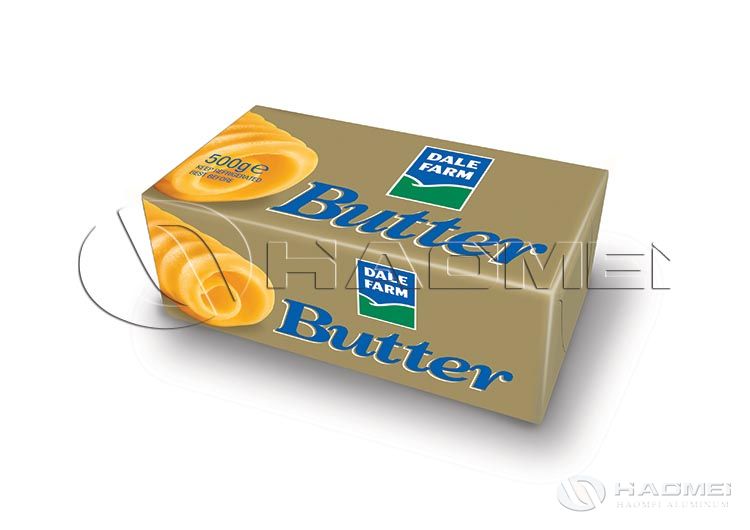 Why butter aluminum foil is neededButter aluminum foil blocks oxygen, moisture, and light, effectively preventing butter from oxidizing and spoiling, preserving nutrients, and significantly extending its shelf life. High-end products can see their sh
application
Why butter aluminum foil is neededButter aluminum foil blocks oxygen, moisture, and light, effectively preventing butter from oxidizing and spoiling, preserving nutrients, and significantly extending its shelf life. High-end products can see their sh
application
-
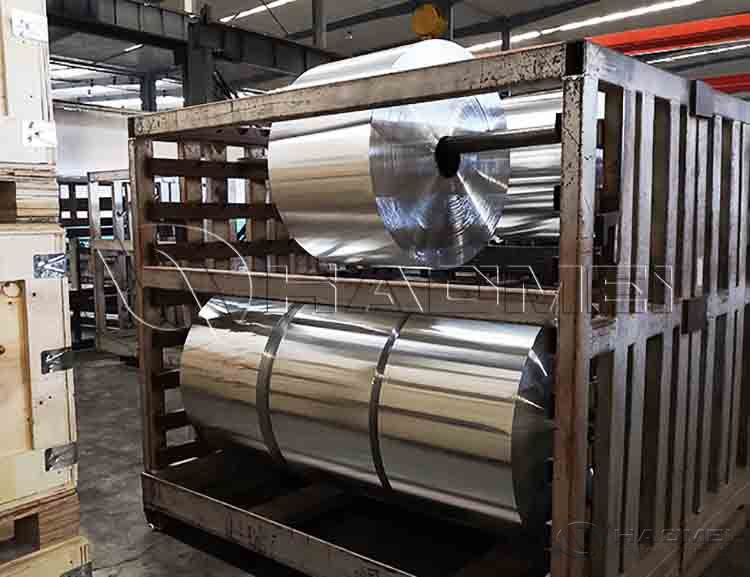 Cables are usually composed of conductors, insulation layers, shielding layers, and sheaths. Aluminum foil for cable is generally located outside the insulation layer as part of the shielding layer. It fits tightly to the surface of the insulation la
application
Cables are usually composed of conductors, insulation layers, shielding layers, and sheaths. Aluminum foil for cable is generally located outside the insulation layer as part of the shielding layer. It fits tightly to the surface of the insulation la
application
-
Aluminum Gold Foil Paper For Chocolate Wrapping
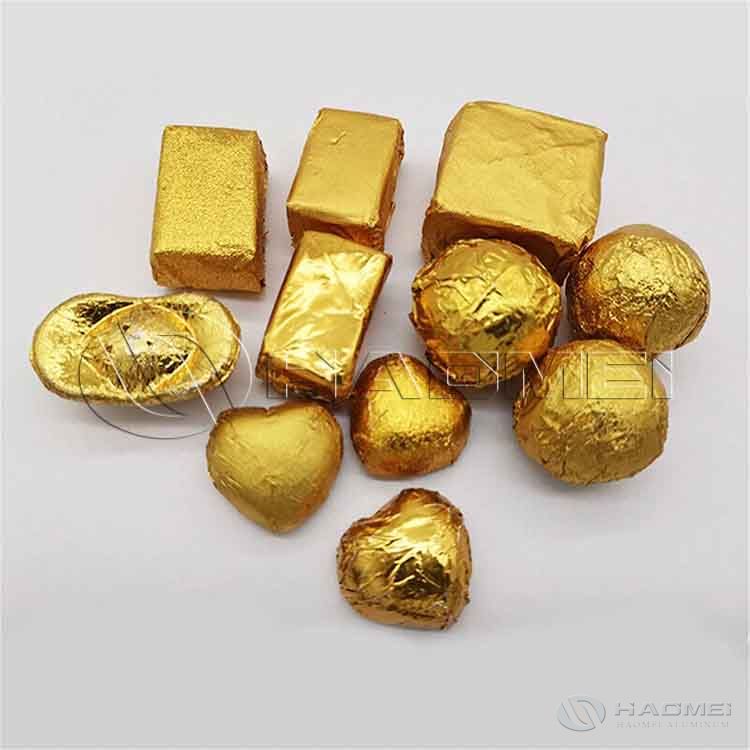 When is aluminum foil used for chocolate wrappingThe use of aluminium foil food for chocolate can be traced back to the early 20th century. In 1911, Swiss candy companies began to wrap chocolate with aluminum foil, gradually replacing the tin foil. T
application
When is aluminum foil used for chocolate wrappingThe use of aluminium foil food for chocolate can be traced back to the early 20th century. In 1911, Swiss candy companies began to wrap chocolate with aluminum foil, gradually replacing the tin foil. T
application
-
PVC Rigid Film and Aluminum Foil for Medicine Packaging
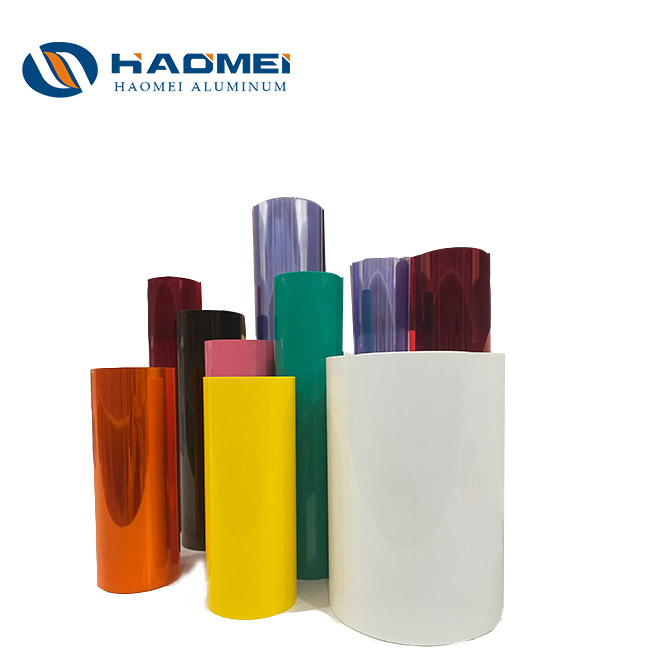 Haomei Aluminum provides different types of aluminum foil and plastic rigid films like PTP aluminum foil, cold forming foil, tropical foil, PVC rigid film, PE/PET film,etc. Best Price! Inquire now.
application
Haomei Aluminum provides different types of aluminum foil and plastic rigid films like PTP aluminum foil, cold forming foil, tropical foil, PVC rigid film, PE/PET film,etc. Best Price! Inquire now.
application
-
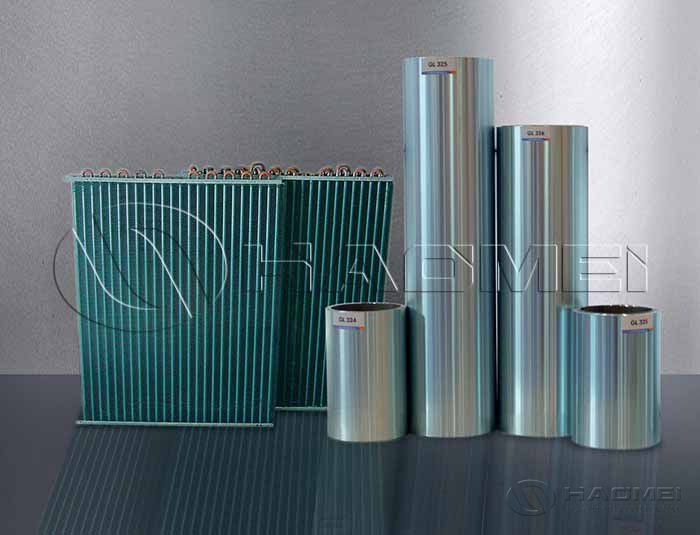 Haomei Aluminum offers you different colors of air conditioner aluminum foil like hydrophilic aluminum foil, including1100/ 3003 /8006/8011 aluminum foil,etc. Learn more.
application
Haomei Aluminum offers you different colors of air conditioner aluminum foil like hydrophilic aluminum foil, including1100/ 3003 /8006/8011 aluminum foil,etc. Learn more.
application
Latest Blog
-
What Are Popular Uses of Aluminum Foil Alloy 1235
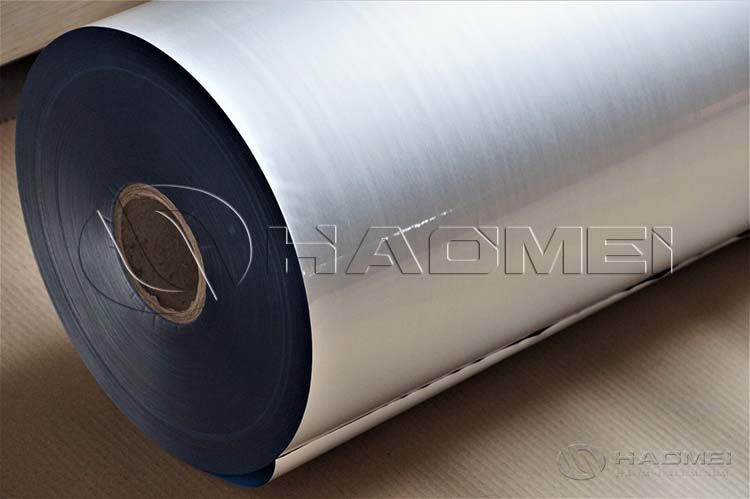 1235 aluminum foil, with its high purity (typically aluminum content exceeding 99.35%), excellent ductility, superior processing properties, and manageable costs, has defied the traditional perception that aluminum foil is "only used for packaging.&q
Blog
1235 aluminum foil, with its high purity (typically aluminum content exceeding 99.35%), excellent ductility, superior processing properties, and manageable costs, has defied the traditional perception that aluminum foil is "only used for packaging.&q
Blog
-
 In fields such as packaging, electronics, and pharmaceuticals, 1050 pure aluminum foil, with its high purity of ≥99.5%, combines corrosion resistance, ease of processing, and lightweight advantages, making it a fundamental material in numerous industries.
Blog
In fields such as packaging, electronics, and pharmaceuticals, 1050 pure aluminum foil, with its high purity of ≥99.5%, combines corrosion resistance, ease of processing, and lightweight advantages, making it a fundamental material in numerous industries.
Blog
-
Different Tempers of 8011 Aluminum Foil Coil
 The manganese content of 8011 aluminum foil coil typically ranges from 0.8% to 1.2%. This compositional design avoids the inherent strength limitations of pure aluminum (1 series) while also being less difficult to process than higher-hardness alloys
Blog
The manganese content of 8011 aluminum foil coil typically ranges from 0.8% to 1.2%. This compositional design avoids the inherent strength limitations of pure aluminum (1 series) while also being less difficult to process than higher-hardness alloys
Blog
-
 Aluminum foil jumbo roll, while seemingly insignificant, is a critical material for ensuring heat dissipation efficiency, durability, and overall performance in air conditioner outdoor units. This is especially true in the core components of the outd
Blog
Aluminum foil jumbo roll, while seemingly insignificant, is a critical material for ensuring heat dissipation efficiency, durability, and overall performance in air conditioner outdoor units. This is especially true in the core components of the outd
Blog
-
Plain or Hydrophilic Aluminum Coil for AC
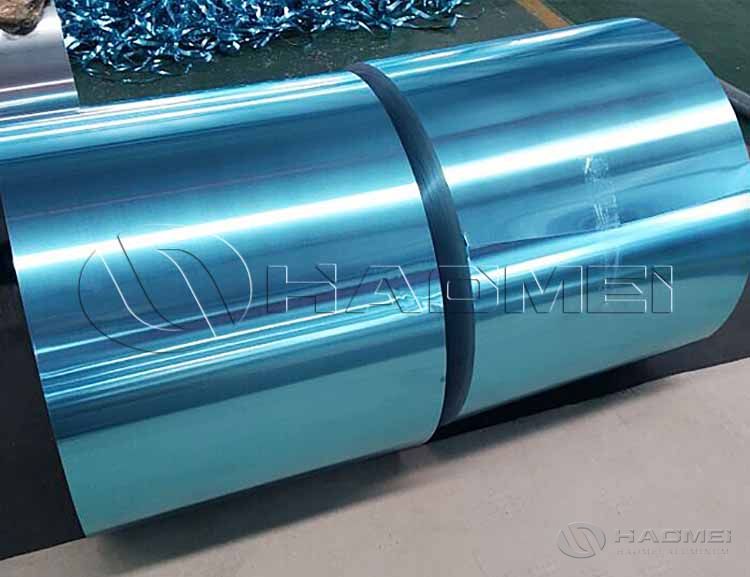 Aluminum foil is a core component in air conditioner heat exchangers, and its performance directly impacts the cooling and heating efficiency, energy consumption, and service life of the air conditioner. Currently, plain aluminum foil jumbo roll and hydro
Blog
Aluminum foil is a core component in air conditioner heat exchangers, and its performance directly impacts the cooling and heating efficiency, energy consumption, and service life of the air conditioner. Currently, plain aluminum foil jumbo roll and hydro
Blog

Haomei Aluminum CO., LTD.
Tel/Whatsapp: +86-15978414719
Email: sale@alumhm.com
Website: https://www.alumfoils.com
Xin'an Industrial Assemble Region,Luoyang,Henan Province,China
Office Add: 1103, No.14 Waihuan Road, CBD, Zhengzhou, China

